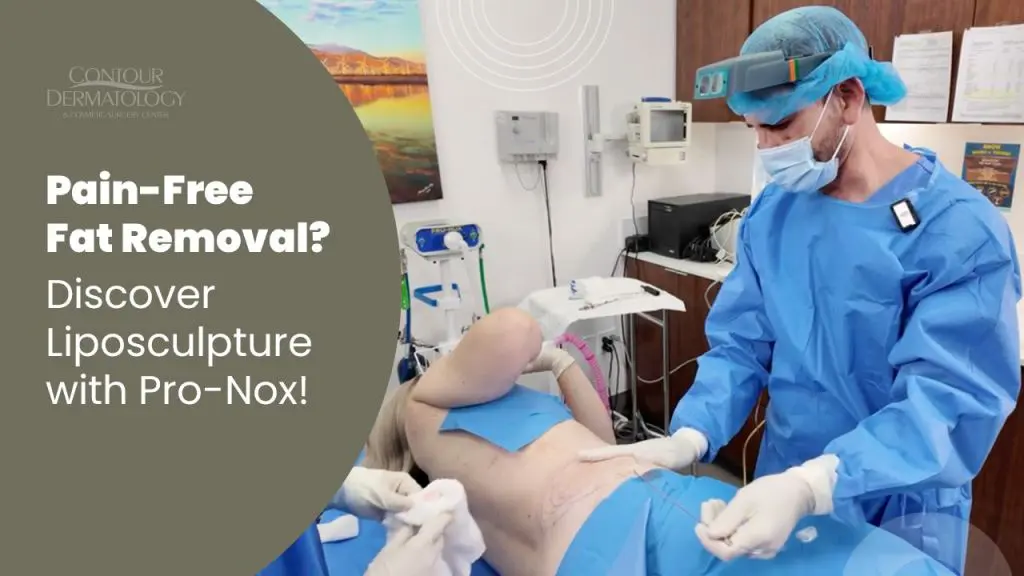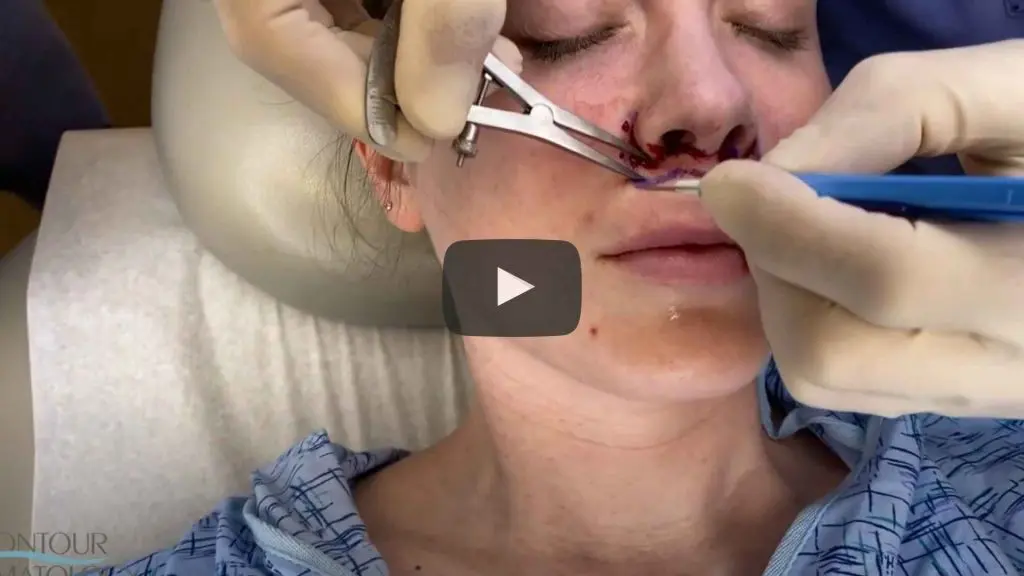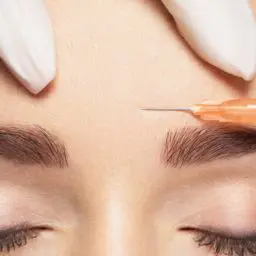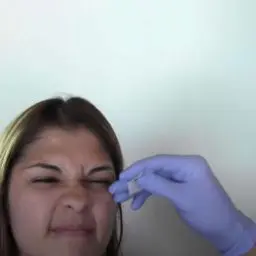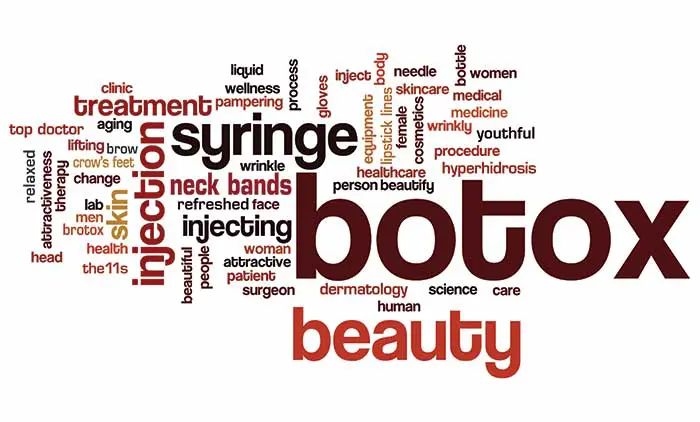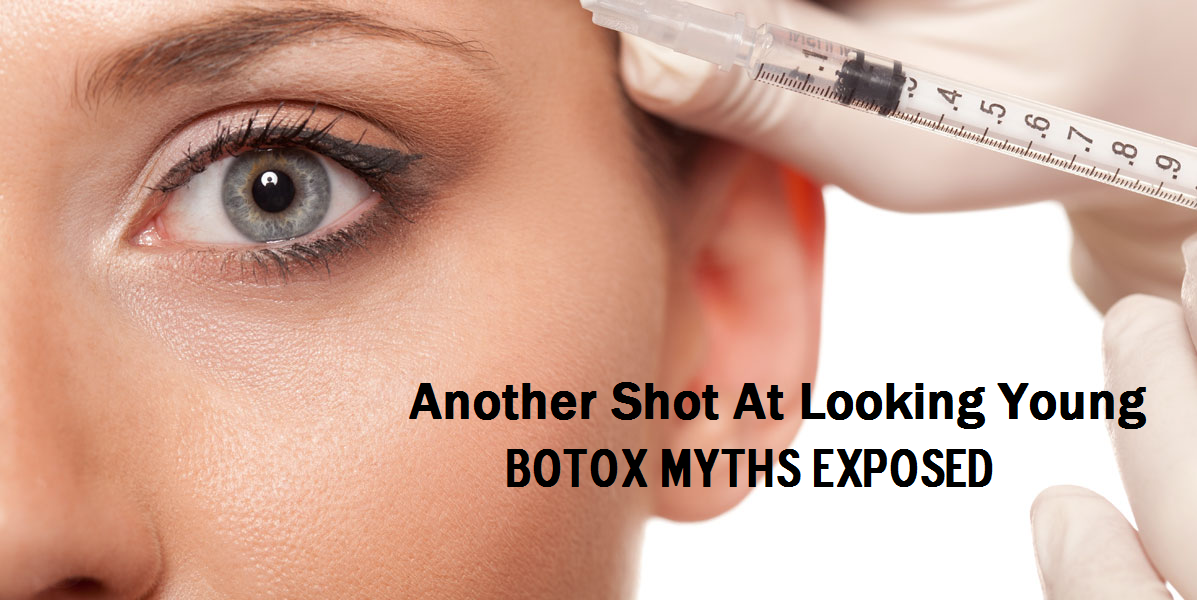Botox Injections for TMJ Disorder by Dermatologist Dr. Timothy Jochen
Botox can be injected into your jaw muscles, forehead, or temples.
By reducing the tension between your jaw muscles, Botox can help relieve symptoms of temporomandibular joint disorders (TMJ). If you suffer from TMJ, Botox can be injected into your jaw muscles, forehead, or temples.
Temporomandibular joint disorders (TMJ) Can be a source pf Pain
Temporomandibular joint disorders (TMJ) can be a source of significant discomfort and pain. Symptoms like jaw clicking, headaches, and difficulty chewing can seriously affect your quality of life. Botox, while better known for its ability to smooth wrinkles, is also a surprisingly effective treatment for TMJ. By targeting specific muscles involved in jaw movement, Botox injections can significantly reduce tension and pain.
What is Temporomandibular joint disorders (TMJ)?
When suffering from TMJ, your jaw muscles often work too hard leading to spasms and pain. Botox works by temporarily weakening those overactive muscles. The injections are carefully placed into areas like your jaw, forehead, or temples, to deliver targeted relief. This relaxation of the muscles allows the joints to rest, reducing inflammation, pain, and the disruptive clicking or grinding that are hallmarks of TMJ.
Botox for Temporomandibular joint disorders (TMJ)
While Botox for TMJ is an off-label use (meaning it’s not the primary purpose Botox was FDA approved for), it’s growing in popularity due to its effectiveness in many patients. Always consult with a qualified medical professional who specializes in TMJ treatments to determine if Botox is the right course of action for your specific case.


